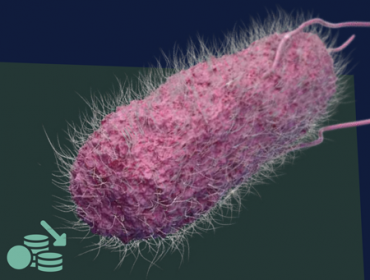

Content available at:
Português (Portuguese (Brazil))
Salmonella spp. is among the primary pathogens causing Foodborne Illness (FBI) and the third leading cause of death. It is widely distributed in nature and can survive in various environments.
Human infections are associated with the consumption of proteins of animal origin, and, currently, more than 2,600 salmonella serovars are known, all with the potential to cause disease in humans.
However, the most commonly evidenced are the serovars:


Salmonella Enteritidis.
Salmonella is a pathogen that has implications beyond public health, causing economic losses due to trade restrictions.
PRESENCE IN BIRDS CARCASSES
The process hygiene indicator widely used by Brazilian and international organizations is the presence of salmonella in poultry carcasses.

Therefore, understanding the epidemiology of serovars is essential to control and minimize the impacts it causes and establish mitigation measures.


MITIGATION MEASURES
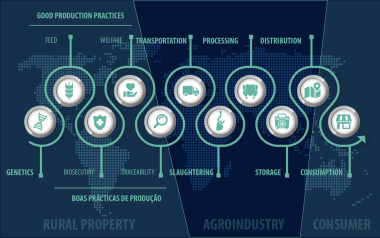

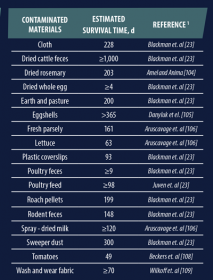
Salmonella, in general, has a variety of ways of introduction into a farm.


Considering every detail, with a clear and precise objective of reducing the levels of environmental contamination and, consequently, in the birds.
CONTAMINATION SOURCES
The primary sources of contamination are:

feed,
water,
people,
pests (rodents, flies, mealworms) and
litter supplies.
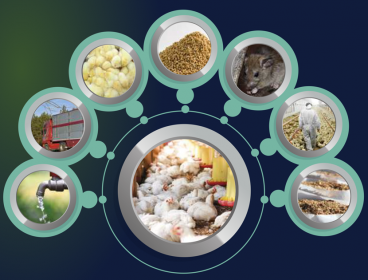
Once the potential sources of contamination have been identified, it is necessary to adopt mitigation measures for each of them.

BIOSECURITY
Biosecurity in poultry farming aims to:

Control the spread of endemic agents to the farm or region;
Limit clinical signs caused by pathogens already present on the farm;
Control vertical infection by infectious agents with this characteristic;
Prevent or control infection by infectious agents of public health importance.
CLEANING AND DISINFECTION
One of the most important measures to reduce infection pressure is cleaning and disinfection. This procedure is applied to vehicles and materials that enter the farms and people, where bathing and changing clothes and shoes are necessary.
In breeders, the total removal of the
Subscribe now to the poultry technical magazine
AUTHORS
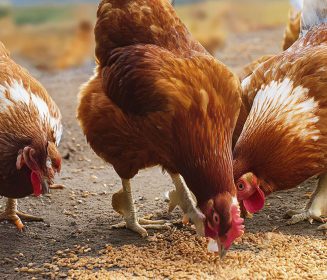
Layer Longevity Starts at Rearing
H&N Technical Team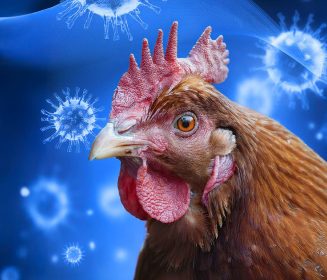
The Strategy for a Proper Infectious Bronchitis Control
Ceva Technical Team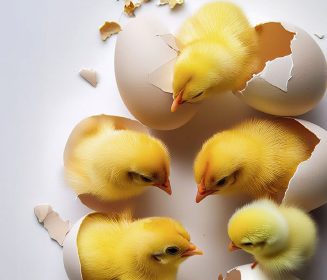
Elevate Hatchery Performance with Petersime’s New Data-Driven Incubation Support Service
Petersime Technical Team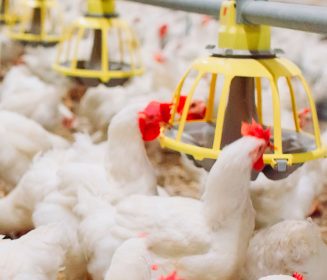
Maize and Soybean Meal Demand and Supply Situation in Indian Poultry Industry
Ricky Thaper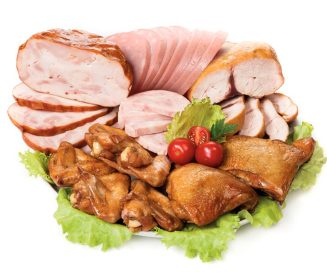
Production of Formed Injected Smoked Chicken Ham
Leonardo Ortiz Escoto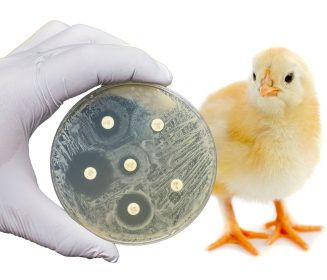
Antimicrobial Resistance in the Poultry Food Chain and Novel Strategies of Bacterial Control
Edgar O. Oviedo-Rondón
GREG TYLER INTERVIEW
Greg Tyler
Insights from the Inaugural US-RSPE Framework Report
Elena Myhre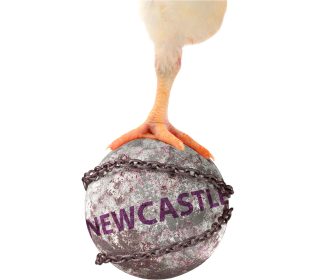
Newcastle Disease: Knowing the Virus Better to Make the Best Control Decisions. Part II
Eliana Icochea D’Arrigo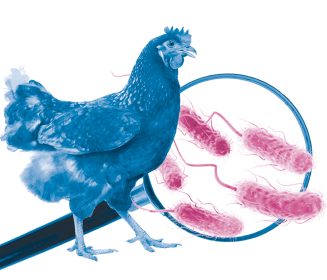
Avian Pathogenic E. coli (APEC): Serotypes and Virulence
Cecilia Rosario Cortés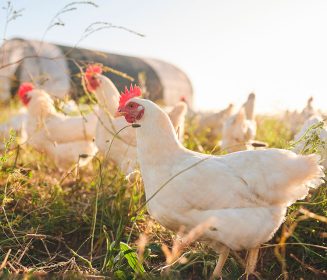
The Importance of Staff Training on Animal Welfare Issues in Poultry Industry
M. Verónica Jiménez Grez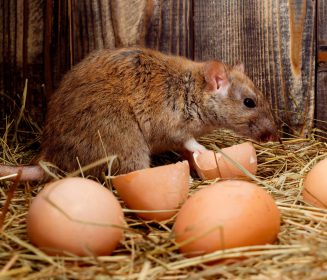
Rodent Control is a Key Factor in Poultry Biosecurity and Sustainability
Edgar O. Oviedo-Rondón